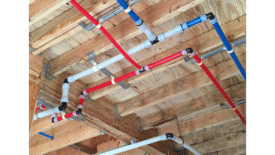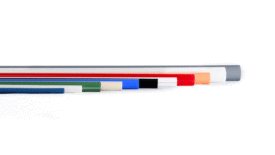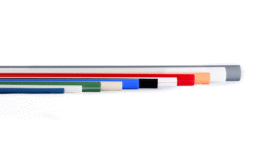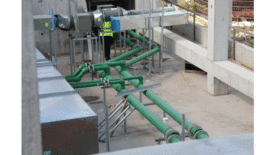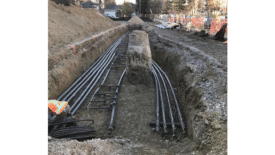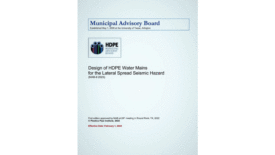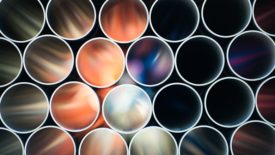Home » Keywords: » Plastic Pipe Institute
Items Tagged with 'Plastic Pipe Institute'
ARTICLES
Protect CPVC and PEX Pipes from harm
Plastic pipes can have sensitivities to certain environmental exposures.
February 18, 2022
Get our new eMagazine delivered to your inbox every month.
Stay in the know on the latest plumbing, piping, hydronic and fire protection trends.
SUBSCRIBE TODAYCopyright ©2024. All Rights Reserved BNP Media.
Design, CMS, Hosting & Web Development :: ePublishing
